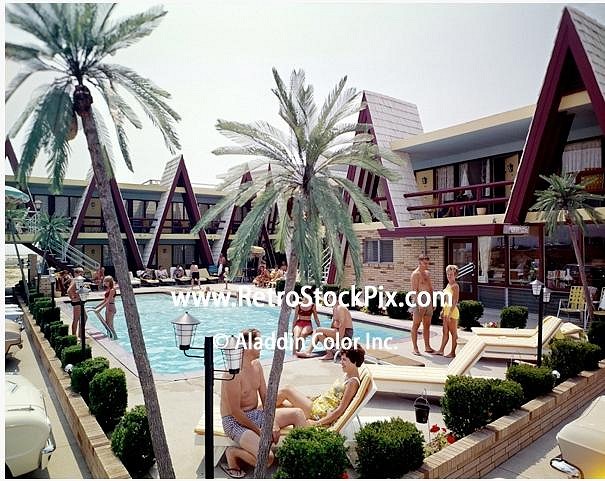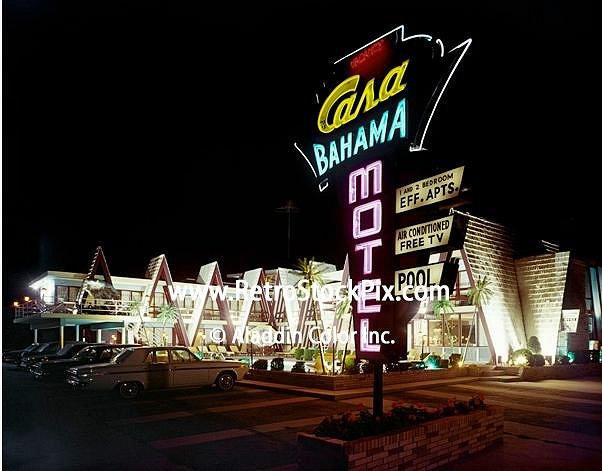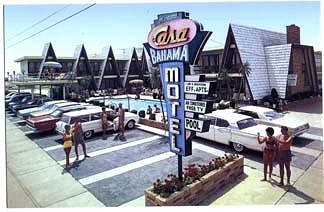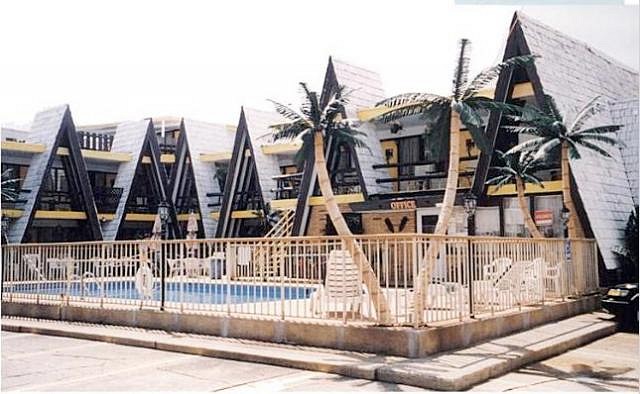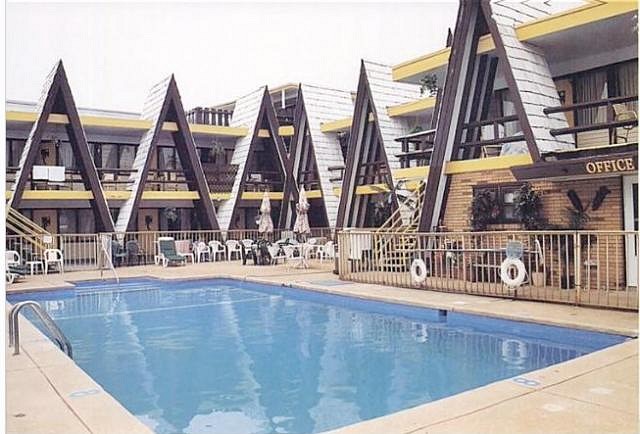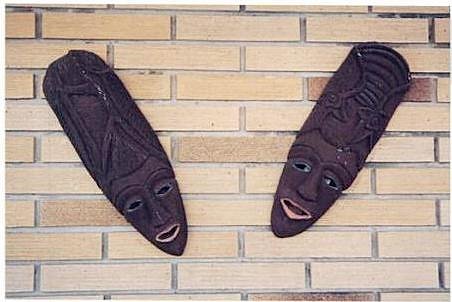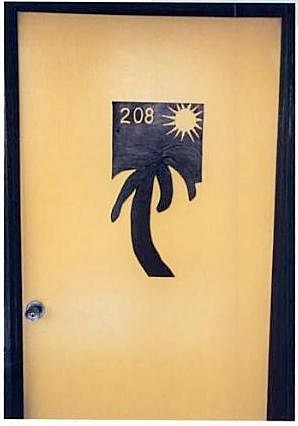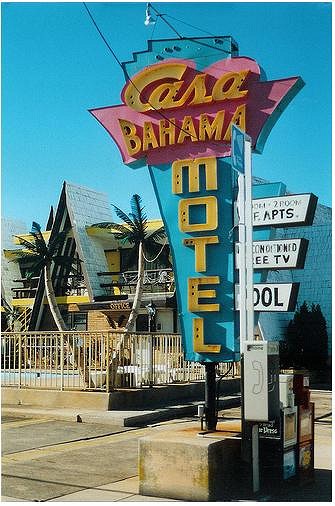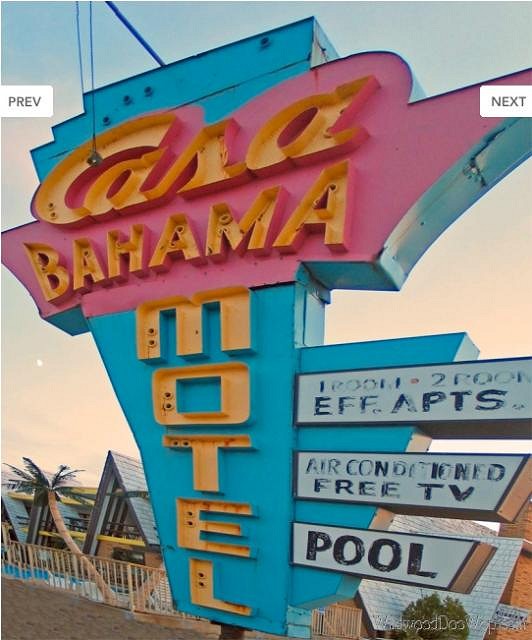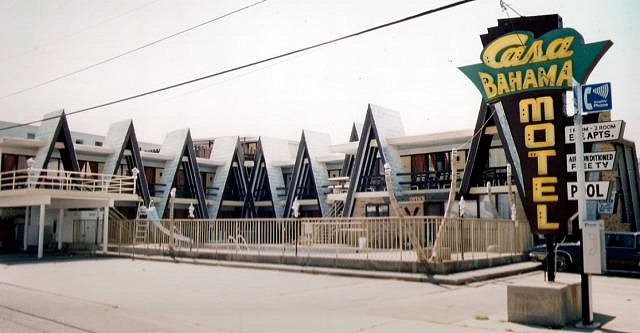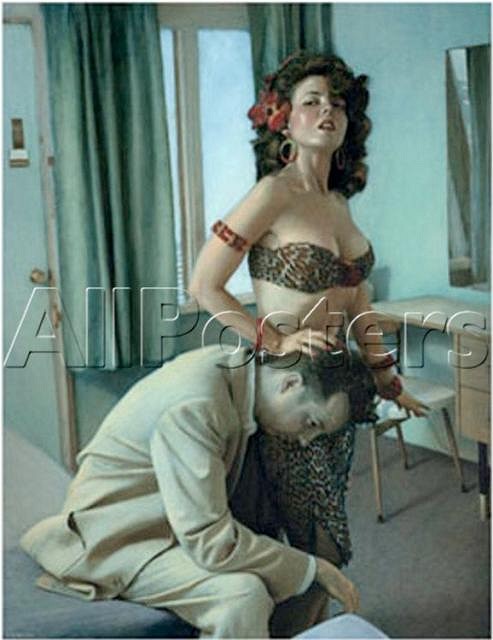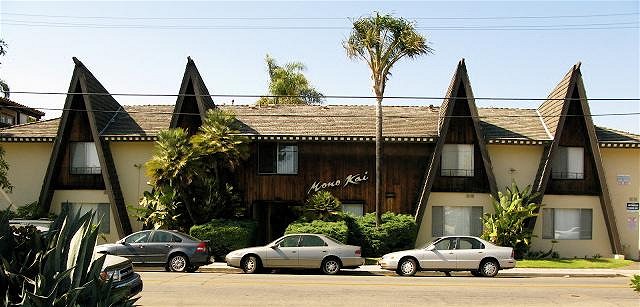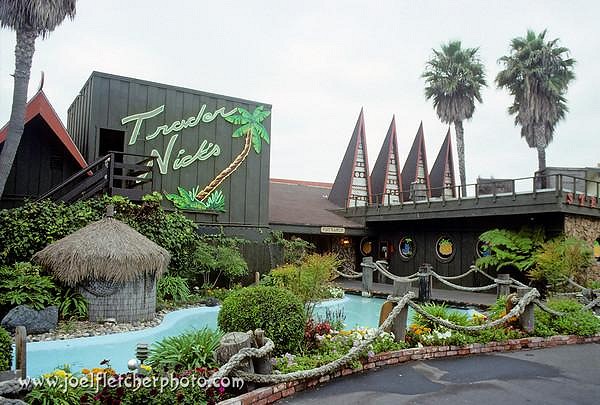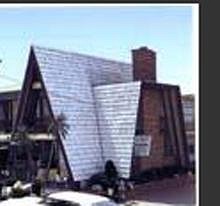Tiki Central / Locating Tiki
Casa Bahama, Wildwood Crest, NJ (motel)
Pages: 1 5 replies
|
M
Mo-Eye
Posted
posted
on
Sun, Nov 8, 2009 4:51 PM
Name:Casa Bahama Description: |
|
M
Mo-Eye
Posted
posted
on
Sun, Nov 8, 2009 5:11 PM
Despite its Caribbean sounding name, the Casa Bahama Motel was actually Polynesian in design. It was built in 1959 and is known as the first motel in the Wildwood area to adopt Polynesian / Tiki design. It had false A-frames cover the facade and the famous fake palm trees. It was torn down in 2005. Here's a nice view of the motel and pool from the 1960s :down: And another 1960s night shot showing the great neon sign alight :down: This is a postcard, also from the 60s :down: These are some later images of the building itself :down:
Here is a close up of some tikis that were added on later :down: and some palm tree accents also added later to the doors :down: Casa Bahama was famous for its space age sign, which lost its neon quite a while ago :down:
This 1996 image shows a much more subdued color combo on the building and sign :down: I also found a Richie Fahey photo that was taken in a Casa Bahama Room |
|
TS
Tiki Shaker
Posted
posted
on
Sun, Nov 8, 2009 5:25 PM
It's interesting to see the a-frames repeat like that. It takes on kind of a space-age zig-zag kinda look. |
|
B
bigbrotiki
Posted
posted
on
Sun, Nov 8, 2009 7:29 PM
Kinda like this apartment building that DC led me to in Santa Barbara:
I read somewhere that ALL A-frames, even single ones, are space age influenced :D |
|
D
Dustycajun
Posted
posted
on
Sun, Nov 8, 2009 7:43 PM
Trader Nick's in Pismo Beach had a repeating A-Frame.
This pic was posted by Unga Bunga. DC |
|
TS
Tiki Shaker
Posted
posted
on
Sun, Nov 8, 2009 9:36 PM
Yes, yes, yes.... I seem to have read that too somewhere! I guess my point was the fact that this place has a-frames that are all evenly spaced, and appear to all be the same height. It looks like a heart monitor. It's as if the a-frame itself isn't the main design element. It's the pattern and rhythm created by the a-frames that the architect was going for. Most other places that have repeating a-frames use them as an element to frame an entrance, frame the name of the place or as design flourish. Does that make sense? Actually, the more I look at these photos, I wonder if the architect was even thinking polynesian. If it wasn't for the fake palm trees, I wouldn't have even thought it was polynesian. I fact, when I look at this part of the architecture, with the big brick fireplace, I think it looks more like an IHOP.
|
Pages: 1 5 replies

